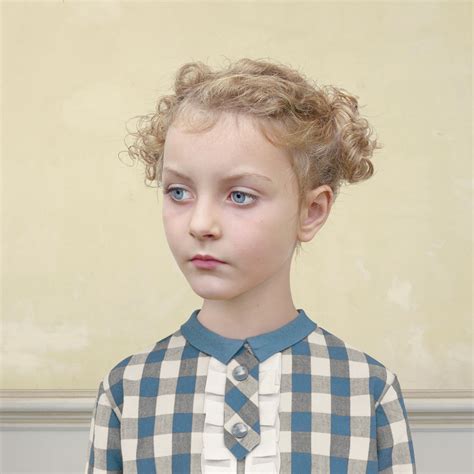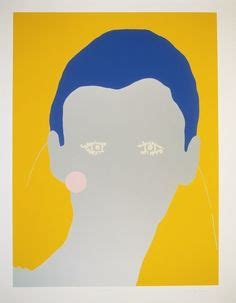A Quote by Pierre-Auguste Renoir
When I've painted a woman's bottom so that I want to touch it, then [the painting] is finished.
Related Quotes
Many divorces are not really the result of irreparable injury but involve, instead, a desire on the part of the man or woman to shatter the setup, start out from scratch alone, and make life work for them all over again. They want the risk of disaster, want to touch bottom, see where bottom is, and, coming up, to breathe the air with relief and relish again.
My latest decorating obsession is dipping - like painting the bottom of things. I've done it to almost every terra-cotta pot in my house. Every African vase I have is painted gold on the bottom. It's so fun and easy, and it instantly livens up a piece. You feel like you've really accomplished something.
Say anything you want against The Seventh Seal. My fear of death - this infantile fixation of mine - was, at that moment, overwhelming. I felt myself in contact with death day and night, and my fear was tremendous. When I finished the picture, my fear went away. I have the feeling simply of having painted a canvas in an enormous hurry - with enormous pretension but without any arrogance. I said, 'Here is a painting; take it, please.'
Sometimes you look at a painting and certain parts are so beautiful. You say, "Wow, this is fantastic," but 10 minutes later you most likely have to kill it. Every painting wants to live. You want to build and bring this type of painting to the climax. When it's at the highest point, you want more. And then if you want more, you might destroy it. So you take a chance.
If, while I'm painting, I distort or destroy a motif, it is not a planned or conscious act, but rather it has a different justification: I see the motif, the way I painted it, is somehow ugly or unbearable. Then I try to follow my feelings and make it attractive. And that means a process of painting, changing or destroying - for however long it takes - until I think it has improved. And I don't demand an explanation from myself as to why this is so.






































